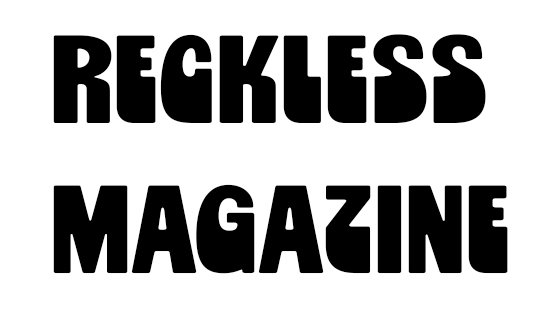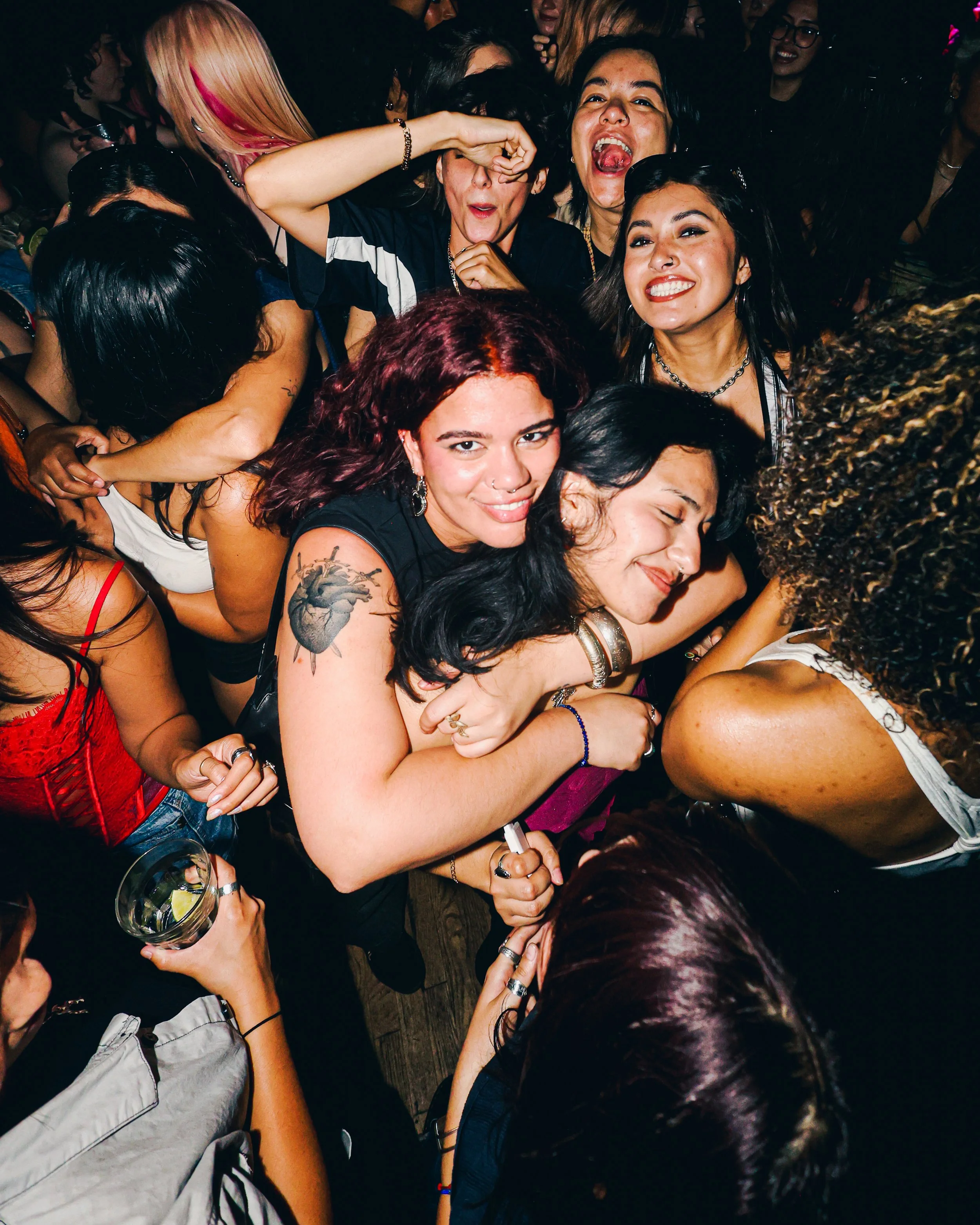Downtown Lima

Dazzlement, Evolution, and Life
Photography by Arturo Cañedo
Peruvian photographer Arturo Cañedo shares images from his most recent project called DOWNTOWN LIMA, a documentation of the festivals and events in Lima, Peru. He discusses this project and finding feelings in an image, how his style is ever-changing, and how photography makes him feel alive.
Lima, Peru
What is your history as a photographer?
I’ve loved photography since I was a teenager, as an amateur; as a professional: since I decided to resume my passion as a photographer by resigning as an economist in a financial institution more than 20 years ago.
Photography appeared in my life after painting and film as a natural consequence; Trying to automatically preserve that image that influenced or dazzled me in the cinema was the natural consequence of becoming a photographer in my adolescence.
You photograph many festivals and people on the street. What are you looking for in a photograph? What inspires you?
The correct word would be FIND in a photograph: Joy, sadness, satisfaction, fear, peace ... etc ... I find many feelings in a photograph, I think I always find life itself through photography and it reminds me that I am alive and I am part of something much bigger than photography itself. I am just inspired by the power to FIND different feelings; emotions, sensations. It inspires me to know that I am going to meet other people and confirm that I am part of a great ensemble.
How would you describe your style?
Starting from the fact that I am a documentary photographer, a genre of photography that I do and work, the relationship with my environment is fundamental: Therefore, my style is referred to by the participation of the human being as the protagonist of my images. My style for now is marked by the structure of my project that I carry out in the city of Lima, the capital of my country, Peru: The project is called DOWNTOWN LIMA and although it is true it began as an ethnographic proposal, today it has become an essay photography through the search for sensations that people produce and the use of artificial lighting techniques that I use. For all the above, determining a style, for me, would be pigeonholed and that is synonymous with limiting my creativity. I would define style as evolution.
What sets you apart from other documentary photographers?
Based on the previous answer, only the type of project that I carry out differentiates me from others. I am convinced that if we master the photographic language it will reinforce in an important way the innate individuality that characterizes every human being on the planet.
What kinds of festivals and events have you photographed in Lima?
Vernacular; ethnic; local, etc, traditional in my city; religious festivities, street art for both national and foreign migrants, is a long etcetera.
What makes them so exciting to document?
Feel and enjoy the energy; discover the incredible variety of these activities and events that take place on the street. Interact with them through photographic capture and of course generate important personal and professional links.
Tell the story behind one of your favorite photographs (that you submit)?
In the images that I have shared with you, there is one that captured the dance and at the same time the trance of a vernacular dancer in the center of Lima and where I used the multiple artificial lighting technique. The result was one of the most pleasant within the project that I have been carrying out in the city of Lima called DOWNTOWN LIMA. The anecdotal of all this that while I was taking the photographs of the dancer they were filming me and when they showed me the video, literally because of the technique that I apply when photographing, both the dancer and I were dancing together, each one with their own movements, the practically in a trance and me moving to capture different angles. It was hilarious but satisfying at the same time.
What is the Collective Fraction?
When I decided to resume my career as a photographer more than 10 years ago, I created a collective called FRACCION, the same one that over the years has been incorporating different Peruvian and foreign photographers in order to develop documentary projects and photographic essays regarding the photography of street and documentary.
Why did you decide to start it?
I am convinced that whatever we do we will always need someone else. It is true that photography is a unique, personal and intimate experience, but the exchange and summation of experiences other than ours will always be vital and important.
What's next for you?
At present I have taken up, in a virtual way, the other aspect of photography that I am passionate about and that is teaching. I do virtual photography workshops through my social networks.





